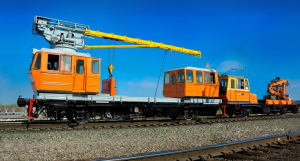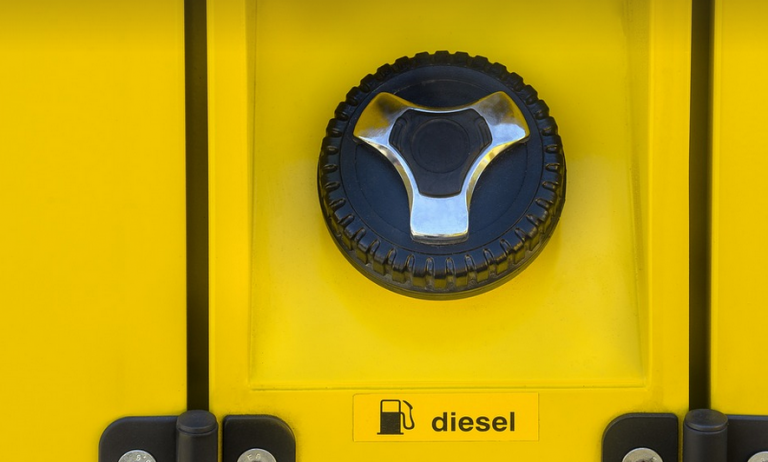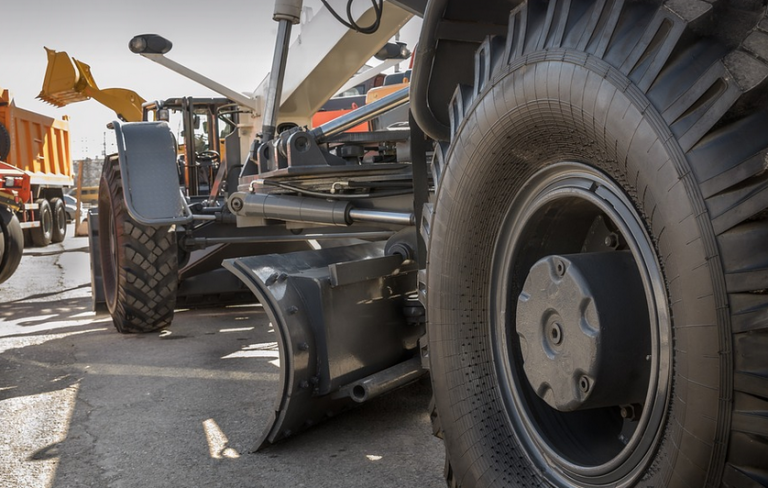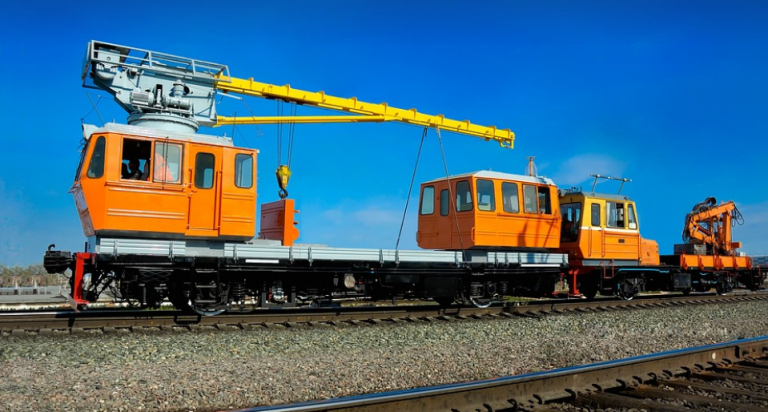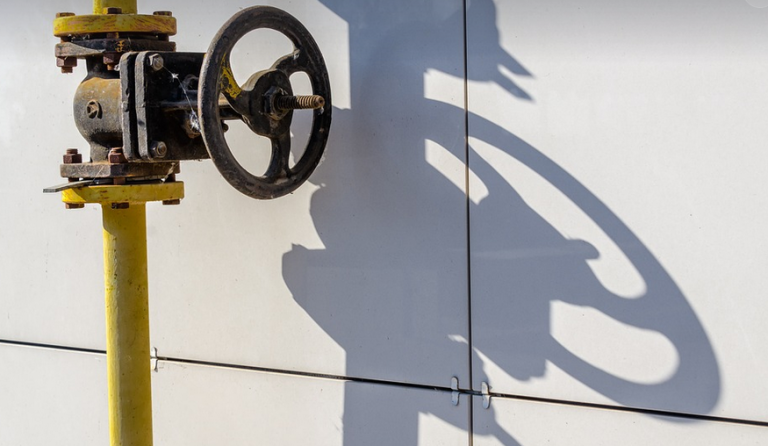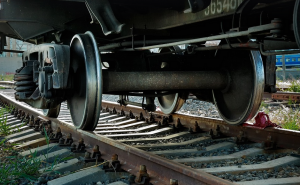The Importance of Proper Welding Vision
Welding, even for experienced professionals, can be a demanding and potentially dangerous job. It’s not just about wielding heat; it’s also about protecting your eyes from harsh UV rays, intense sparks, and harmful infrared radiation. That’s where your welding helmet steps in as your shield of defense. And like any good tool, your helmet needs regular maintenance to maintain top-notch performance: we’re talking about replacing those lenses.
What Makes Welding Lenses So Important?
You might think you can just keep using a lens after years of welding, but that’s where the rubber meets the road. Your welding helmet lens is more than just a piece of glass; it’s the heart and soul of your safety system.
Think about it: each welding session leaves behind invisible wear on your lenses. These tiny scratches, stains, and even microscopic cracks can affect how your helmet protects you. Over time, they’ll start to distort the light coming into your helmet, leading to blurry vision, inaccurate weld penetration, and increased risk of eye injury. It’s like looking through a foggy window; not ideal!
Here are some key factors that highlight why replacing your lens is crucial:
* **Lens Degradation:** The most obvious reason for replacing lenses is their natural wear-and-tear. When it comes to welding, we’re talking about intense heat and UV exposure. These factors can significantly degrade a lens over time, leaving you with distorted vision, compromised safety, and even eye damage in the long run. * **Light Transmission:** Welding helmets are designed to let through specific wavelengths of light—that’s how they allow you to see clearly while shielding your eyes from harmful rays. Over time, lenses can become less efficient at transmitting these necessary wavelengths, leading to a drop in visibility and accuracy, impacting the quality of your welds and potentially even your safety.
The bottom line is this: Neglecting lens replacement can lead to serious health risks and compromised welding performance. It’s the difference between a clear vision for success and a blurry path that leads to injury.
Choosing the Right Replacement Lens
You might be wondering, how do I know which type of lens is best for me? That’s where the experts come in.
**Here are some things to consider when choosing replacement lens:**
* **Welding Application**: First, you need to identify your welding needs. Do you prefer arc welding, metal fabrication, or something else? The application will dictate which type of lens is best suited for the task at hand. Arc welding requires a specific type of lens to prevent glare and maintain clarity during prolonged work. * **Shade Level**: Welding helmets typically come with shade levels ranging from 1-5 (or 4-9 depending on safety gear standards). This scale is measured in how much light filtering the lens provides. It’s all about finding the right balance between protection and visibility! * **Lens Material:** Lenses are made of various materials, each offering unique advantages: * **Polycarbonate**: The most common material for welding lenses due to its durability and impact resistance. * **Acrylic**: A less durable option but generally lighter weight than polycarbonate. * **Glass**: Known for its clarity but can be brittle and prone to scratches, making it less ideal for harsh environments. * **Lens Coating**: The coating on your lens plays a vital role in protection from glare and UV rays. Look for helmets with coatings like Anti-Scratch, Anti-UV, or Hardcoat. These coatings can significantly enhance performance and longevity.
How Often Should You Replace Your Welding Lens?
This is where experience comes into play, but there’s a general guideline to follow.
* **General Use:** For regular welding sessions, aim to replace your lens every 1-2 years. This will ensure optimal protection and performance throughout your welding career. * **High-Intensity Applications**: If you frequently work in high-intensity environments or use specialized welding techniques (e.g., TIG welding), consider replacing your lenses more often, perhaps every 6 months to a year.
The Verdict: Your Welding Lens Is an Investment
Replacing your welding lens is not just about convenience—it’s crucial for safety and success. When done right, this simple act ensures you’re equipped with the best possible vision for a safer and more efficient welding experience. Remember, investing in quality lenses and proper maintenance will ultimately pay off in the form of better welding, increased productivity, and peace of mind. So don’t hesitate to replace your lens— it’s an investment that’ll protect your eyes and your career.







